Many people have written to me asking about a very confusing part of the furniture resell business – How to price your pieces? It is not an easy, straightforward answer and I am going to just jot down my thoughts on it.
Here are the factors that go into my pricing:
1) Cost of Original Piece: Only pay what you truly think the piece is worth to begin with. I will pay much more for a solid, named/stamped french dresser than I would a more typical, smaller dresser that does not have much detail to it. I look at dovetailed joints, all wood construction, drawers that open and close easily, all hardware intact, etc. Obviously, I can rightfully ask a lot more for the quality french piece when finished than the other and this justifies my purchase price. If I need my mover to pick up a piece and deliver it to my house, this is added into the cost.
2) Formula: I am not good at calculating my hourly rate and honestly, even if I had one, I would never actually time myself and mark my hours down everyday! I have a formula of: Cost of Piece + Paint/Materials + Etsy/Paypal Fees + Labor. The labor part is speculative. It really depends on how much time and energy I put into a piece. The large pieces are extremely time consuming and especially if I clear/dark wax them or refinish the tops. I come up with a fair price and tack it on. Only you can do this as you know what your time is worth.
3) Know Your Area: Some areas of the country will pay more for pieces than others. What one person can ask in NYC is highly different from what one can ask in a small town in Oklahoma.
4) Know Your Competition: If you are selling out of a large vendor market area, you have to keep your prices aligned with the vendors who sell around you. This can be hard if you feel your pieces are of better quality but that is the downside to a large marketplace. The upside is you have a ton of foot traffic so you may want to consider quantity of pieces (turnover) vs doing a few high priced items that may sit there.
If you sell from a site, i.e Etsy, take time to browse around and find other shops and compare your pieces and prices to their shops. If you sell off of Craigslist, always price your items higher than what you actually wish to earn. Everyone will lowball you on Craigslist.
5) I think this is the most important step – Know Your Own Value. If you have a great skill set and are creating beautiful, quality pieces then your prices should reflect this. If you are a novice and are just starting out, you likely still have a lot to learn and can’t ask as much as someone who has been practicing their craft for years. A quality piece with two base coats, sanded back to smoothness, a wash or glaze applied, distressed, waxed or sealed and with a gorgeous, newly finished top is worth a lot more than a piece that has just the basic layer of chalk paint and no detailing. I have seen both stunning pieces that in my opinion were way underpriced and other very basic pieces that I feel were way overpriced. Assess yourself honestly and figure out where you fit in.
And there you have it! I hope it was some help. We are off to a softball tournament in Williamsburg for the weekend. Go Red Raiders!

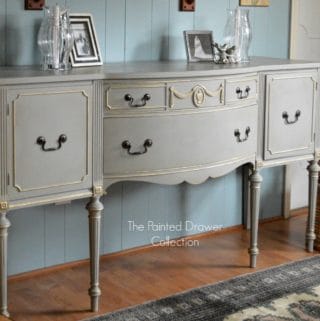
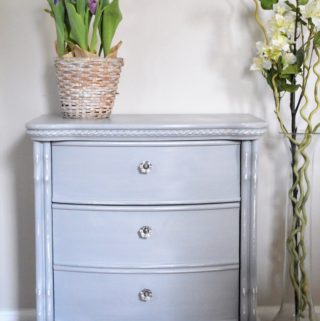

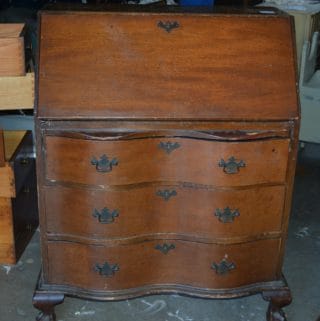
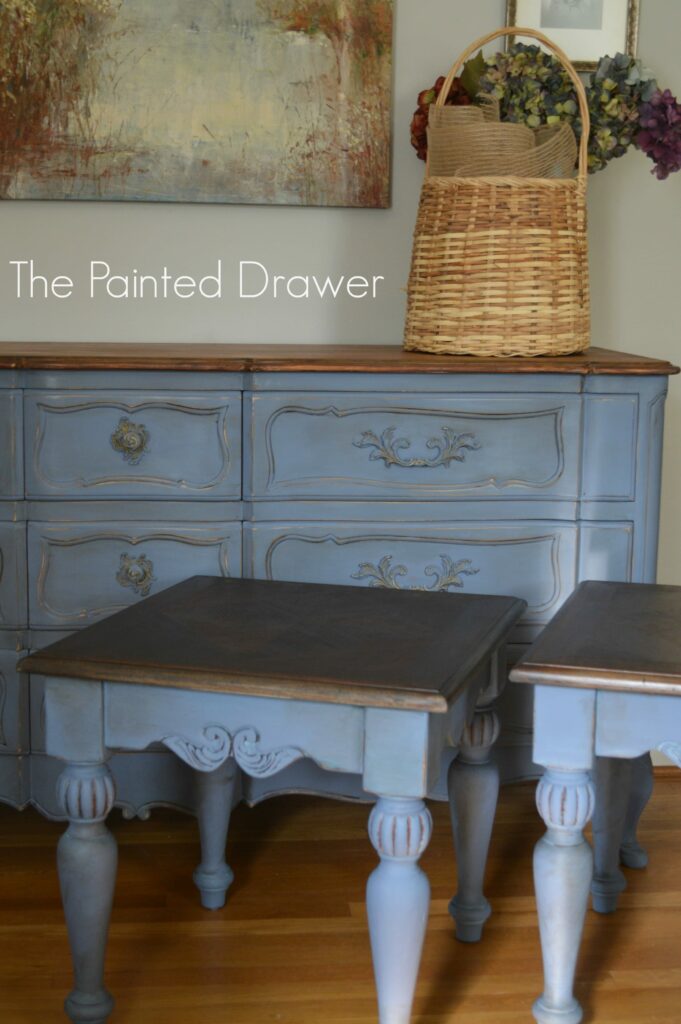


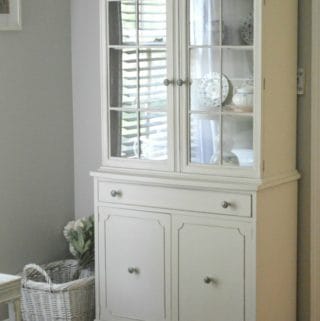
Well said! Great thoughts to consider!
Hi Suzanne. I first want to say that I love your work. You have a real talent. I was watching your tutorials and am wondering why you paint right over the pulls on your furniture.
Hi Carol,
I actually don’t paint over all of my pulls. On french/detailed pulls, I typically give them a light few strokes of paint to highlight the details. It also allows them to blend in better with the painted piece. Some pulls I don’t paint at all (like the Coastal Blue set). It depends on the piece and what looks best. Also, if the pulls are super old and impossible to take out without a really hard time putting them back on, I definitely paint them. Thanks!